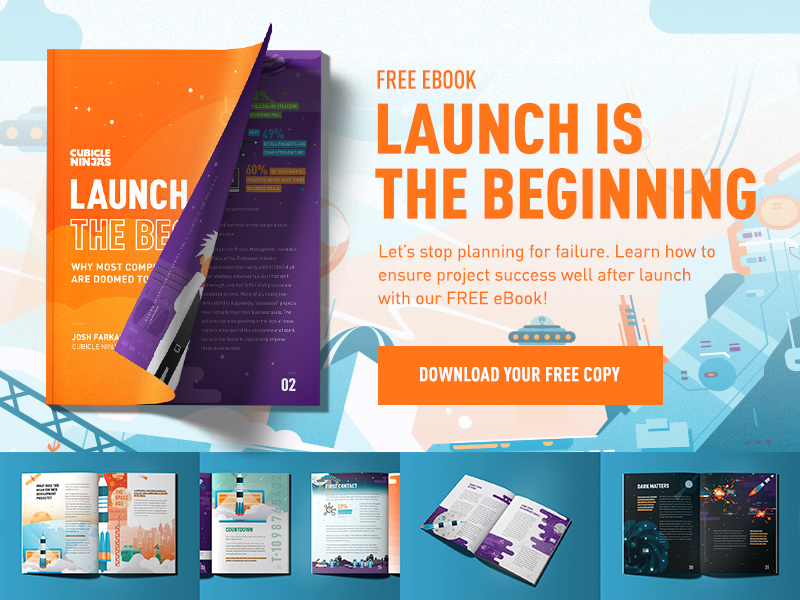

360 Streaming and Real-time Stitching
In 2017, Facebook put the power of 360 video production in its users’ hands. With the ability to live stream 4k 360 video, anyone with a consumer-grade camera can broadcast the world around them. No stitching or post-production required!

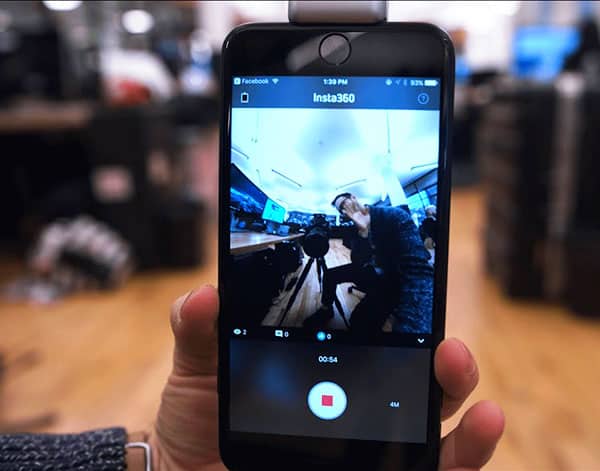

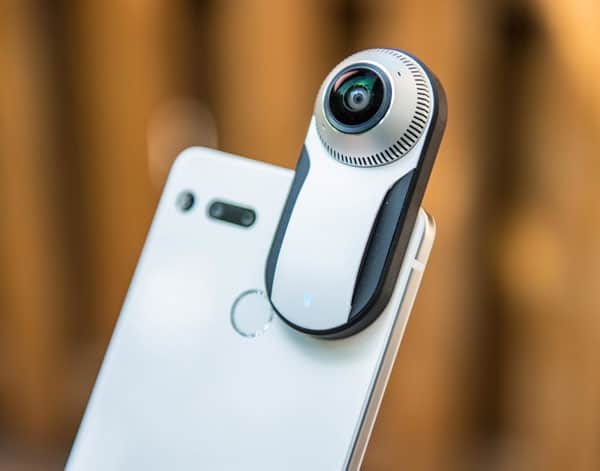
360 Degree Snapchat Ads
While this function is not officially available to Snapchat users, a number of brands have launched 360 experiences on the platform. Rather than serving a fully 360 ad, the user is asked to swipe up to view the content. Companies have seen an increase in clickthrough rates, with users spending about a minute in the experience. Not too shabby!
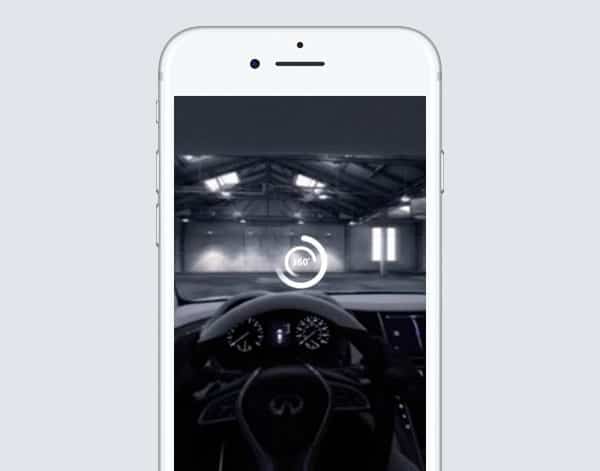

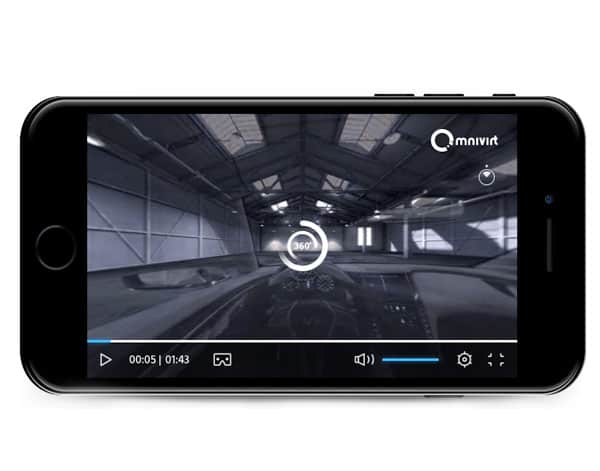

Optical Flow Stitching
360-degree cameras have long been plagued by the challenge of piecing together visual data from multiple lenses. The optical flow approach is putting an end to image distortion and producing truly seamless images. It’s pretty scientific stuff, but it ultimately allows the computer to track actual image content down to the very last pixel.


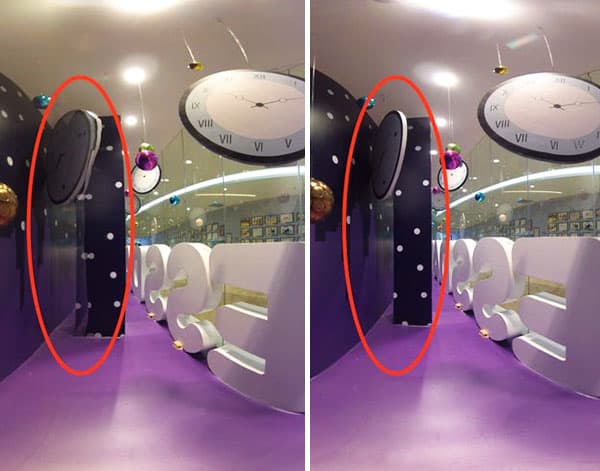

Empowered Post Production
There was a time when creating a 360/VR video was a nightmare. If you were brave enough to survive filming your reward was the wasteland of post production. In the past year Adobe acquired Mettle’s Skybox 360 and integrated this into Adobe CC 2018. After Effects and Photoshop now natively support 360 production. Best of all Mettle has continued to pioneer with Mantra VR enabling powerful 360 effects. The more power creators have in post, the better content they can unleash!

Increased Accessibility
360 video for all! With mainstream outlets like YouTube, Facebook, and Snapchat fully leveraging 360 video capabilities, the medium is now accessible to the masses. It’s easier than ever to consume and create 360 content. As a result, we’re already seeing it used in awesome and unexpected ways. We look forward to watching the medium continue to expand in 2018.
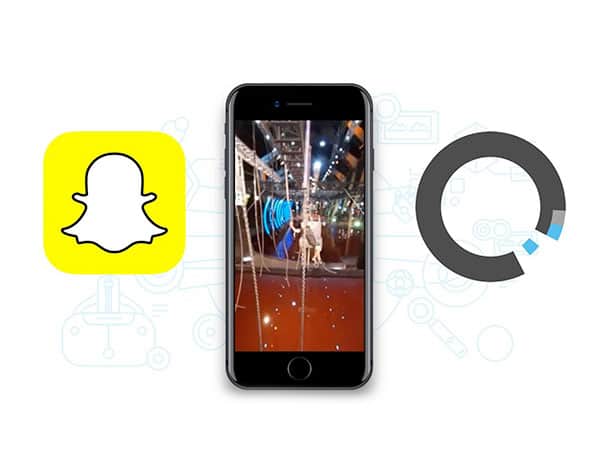




Poor Quality Video
All 360 experiences are not created equal. A combination of ill-prepared graphic cards, huge output files, and limited bandwidth means videos can appear disappointingly fuzzy. As filmmakers grow more comfortable with 360 video production and camera technology improves, we hope high quality experiences will prevail.




Virtual Reality Motion Sickness
As virtual reality becomes more lifelike, more content creators are pushing the boundaries. But some of these experiments are causing unexpected side-effects. We can think of few things that will kill a VR 360 video experience quite like a bout of nausea. Those prone to motion sickness may find that experiences with excessive motion are simply too much to bear. More in-depth research is needed to fully understand the physical effects of Virtual Reality, but content creators need to continue to ensure that VR is safe and comfortable for all.




Rigid Storytelling
The biggest appeal of 360 video is also its biggest challenge. With a lush and immersive environment to explore, users aren’t always going to pay attention to what the creator wants them to. When it comes to 360 narratives, we must be flexible with our methods and craft stories that enhance rather than hinder. We’re especially disappointed at the lack of interactive narratives, leaving the viewer passive. Interactivity is one 360 video trends we hope to see take flight this year.





Movement
One of the biggest hurdles of 360 video production is acquiring footage. Moving cameras could often cause sickness, forcing most pieces to end up feeling static. But through the use of drones and other automated movement methods, camera movement that doesn’t leave you ill is a possibility. As one of our favorite 360 video trends, we can’t wait to see how this evolves.
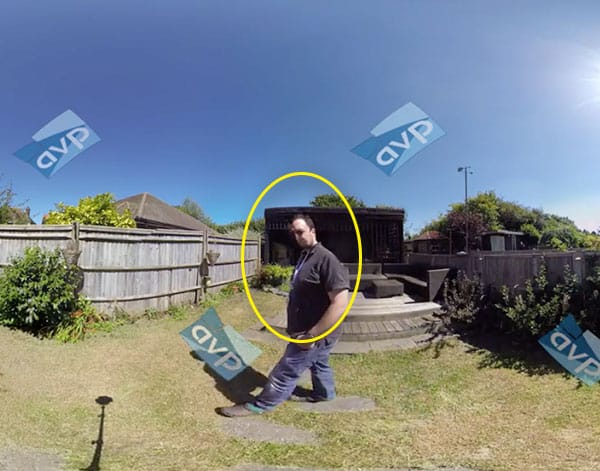
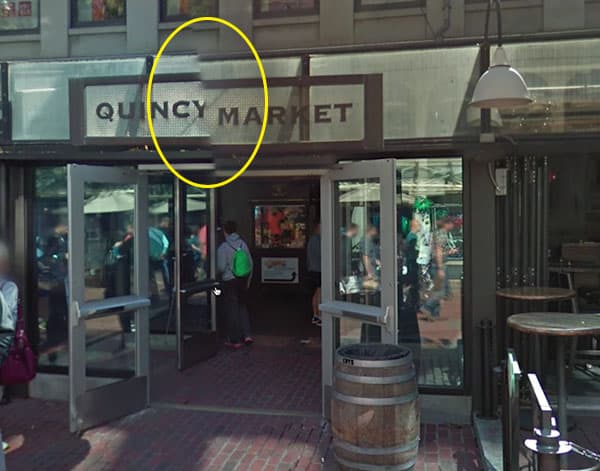

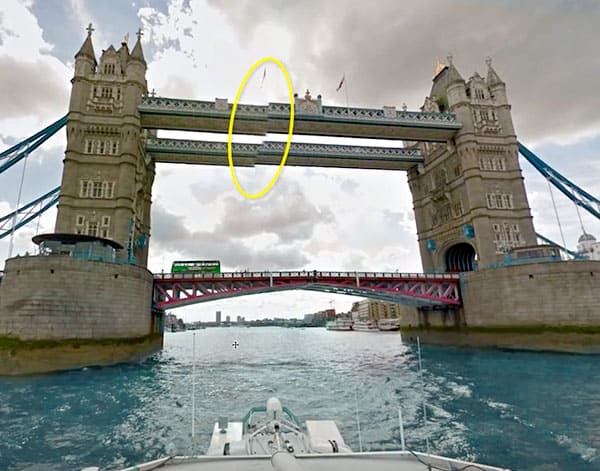
Tripods Be Gone!
New tech by Manfrotto has eliminated pesky camera tripods from 360 footage. Best of all, NO post production is required! We’re rejoicing over the time that creators will save and look forward to seeing how this improves future experiences. As storytellers, this is one of our favorite 360 video trends.




Immersive Journalism
Why read the news when you can live it? With the launch of The Daily 360, The New York Times has forever changed the way we consume news. Placing the viewer in the middle of the action gives these bite-sized reports a heightened emotional impact that is hard to ignore. Other news providers have taken notice, and are now producing their own 360 content.


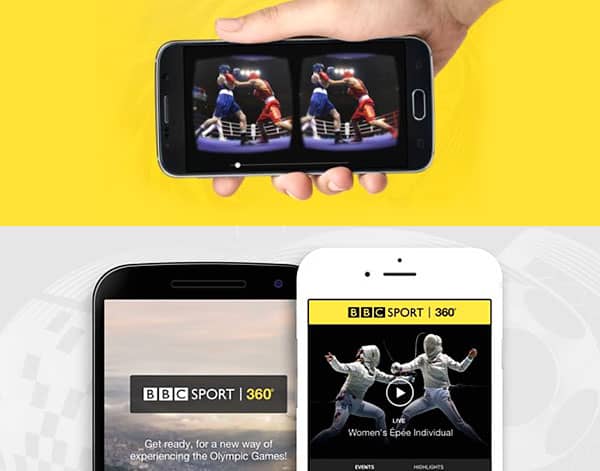
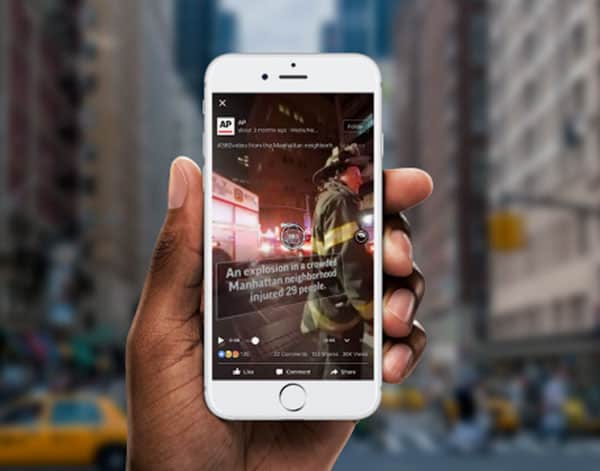
Takeaway: As 360 creators continue to innovate, the quality of future experiences will largely depend on improvements to the core technology. Although the medium has a lot of growing to do, we’re continually amazed by the unexpected ways it has popped up in everyday life.

















